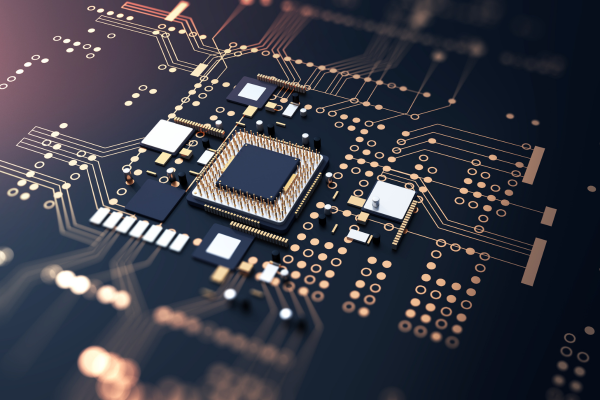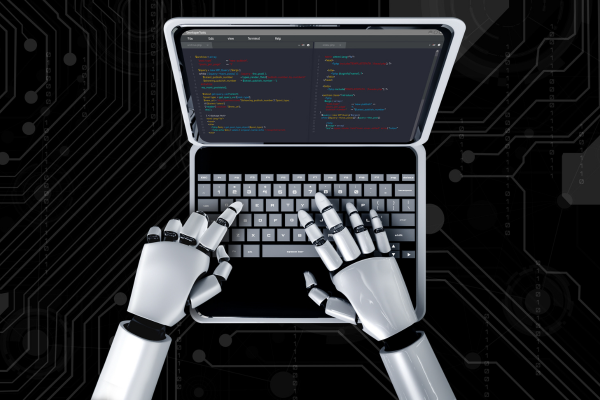The Hidden Costs of AI: How Small Inefficiencies Stack Up
By Isla Banda
Introduction
Artificial intelligence is significantly transforming society, influencing everything from consumer technology to business operations. However, beneath the surface of large language models and deep neural networks, there are unnoticed inefficiencies that many overlook. These include wasted computing power, concealed expenses, environmental impacts, and more. Whether these inefficiencies seem minor or substantial, their cumulative effect is considerable.
As 58% of companies intend to boost their AI investments this year, decision-makers must understand where these funds are being allocated. To ensure AI is used both effectively and sustainably in the future, we must evaluate these challenges now—before they escalate into unmanageable issues.

Computational Waste in AI
Many AI systems suffer from an underlying inefficiency: the squandering of computational resources. Redundant calculations happen when models perform unnecessary operations during training and inference, often due to poorly optimized algorithms. Additionally, there has been a growing preference for increasingly massive and intricate model architectures.
While a high number of parameters might appear to enhance performance, over-parameterization often leads to excessive computations with marginal improvements.
Compounding these problems, inefficient data management—such as repeated data loading and subpar preprocessing—further contributes to waste. These inefficiencies deepen the “black box” dilemma in deep learning, where unnecessary complexities make it challenging even to recognize inefficiencies, much less resolve them.

The Rising Energy Consumption of AI
The energy requirements of modern AI systems are a growing concern that goes beyond mere computational expenses. Each AI query can involve multiple layers of intensive processing, consuming substantial electricity. The energy drain persists beyond the training phase, as the growing volume of real-time AI applications demands ever more power.
Specialized AI hardware already accounts for a significant portion of global energy use, fueled by the rise of generative AI, data centers, and cryptocurrency mining. This consumption is expected to surge as AI adoption grows, with global AI-related energy usage projected to quadruple by 2030. Beyond increasing AI’s carbon footprint, this will also heighten demand for other resources, such as rare minerals for hardware production and water for cooling systems.

The Financial Toll of Resource Waste
Inefficient AI models can impose a heavy economic burden. As AI expands, the demand for computational resources will drive up costs for both cloud services and on-premises infrastructure. Additionally, many organizations insist on developing proprietary models from scratch rather than refining pre-trained ones, leading to substantial training expenses. And as AI scales, operational costs will rise accordingly.
The energy expenditures of AI data centers—covering power, cooling, and maintenance—are not just environmental concerns; they also demand significant financial investment. These escalating costs may become a major obstacle to the widespread financial feasibility of AI applications.
We should also be cautious about potential price surges as AI companies mature. Current pricing models, which may appear reasonable, are not fixed. While affordability by masking hidden expenses can encourage adoption, providers will eventually need to recover their costs. Once businesses become dependent on these AI solutions, providers gain leverage to adjust prices.

Could Inefficiencies Hinder Broad AI Adoption?
The financial and operational challenges posed by inefficient AI could become a major barrier to widespread adoption, particularly for smaller businesses and research institutions. While large corporations can absorb high computational and energy costs, these expenses make it difficult for smaller entities to invest in AI.
Moreover, inefficient AI models are prone to bottlenecks, with slower inference times that degrade user experience and limit real-time applications. Addressing these issues requires specialized infrastructure, such as high-performance GPUs and advanced cooling systems—resources that financially constrained organizations often lack.
These factors could create a scenario where only well-funded entities can afford advanced AI technology. First, this would allow established or venture-backed firms to monopolize AI’s benefits, widening the gap between industry leaders and smaller competitors. Second, it could stifle innovation by restricting access to a privileged few, not only limiting AI’s evolution but also hindering progress in other fields that could benefit from AI advancements.

Approaches to Enhancing AI Efficiency
Addressing AI inefficiencies will be a critical technical challenge in shaping the technology’s future. Several promising strategies could help mitigate these issues.
Model Pruning
This technique involves removing redundant or less critical parameters from an AI model, streamlining the network and reducing computational and energy demands during training and inference.
Hardware-Specific Optimization
Hardware is not uniform—algorithms can be customized to leverage the strengths of CPUs, GPUs, or specialized processors like FPGAs and DPUs. This “hardware-aware optimization” maximizes computational efficiency by aligning memory usage with processor capabilities and minimizing idle time.
Efficient Generalization
Improving a model’s adaptability across multiple applications can reduce the need for specialized models, conserving development resources. Techniques like adaptive learning allow models to adjust their complexity based on task requirements, ensuring computational power isn’t wasted on simpler operations.
Instead of bearing the costs of building custom models, organizations can focus on refining pre-trained ones. Combining these strategies creates a holistic approach that optimizes algorithms, hardware, and network systems, leading to more sustainable and economically viable AI solutions.
Conclusion
Recognizing and addressing AI’s small inefficiencies is essential—they collectively drain resources, inflate costs, and hinder scalability. Immediate action is needed to optimize models, algorithms, hardware, and networks, ensuring AI remains sustainable and cost-effective in the long term.


